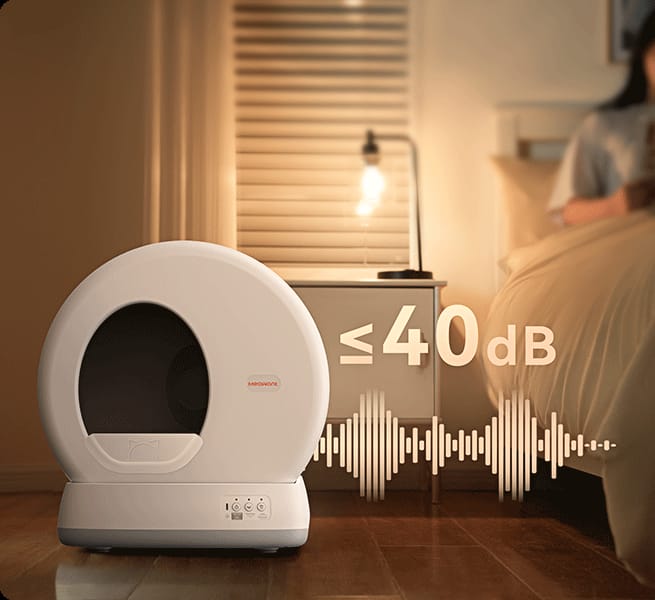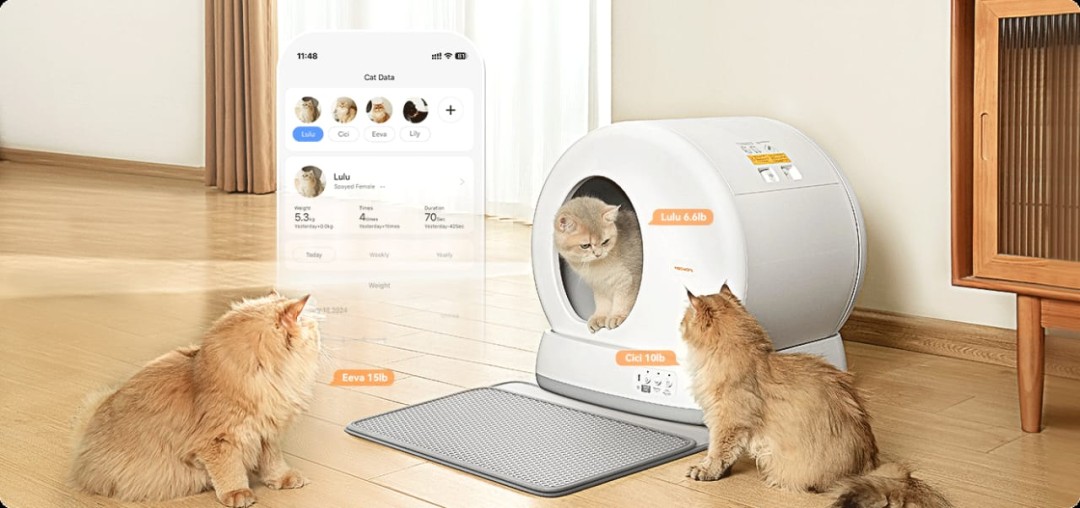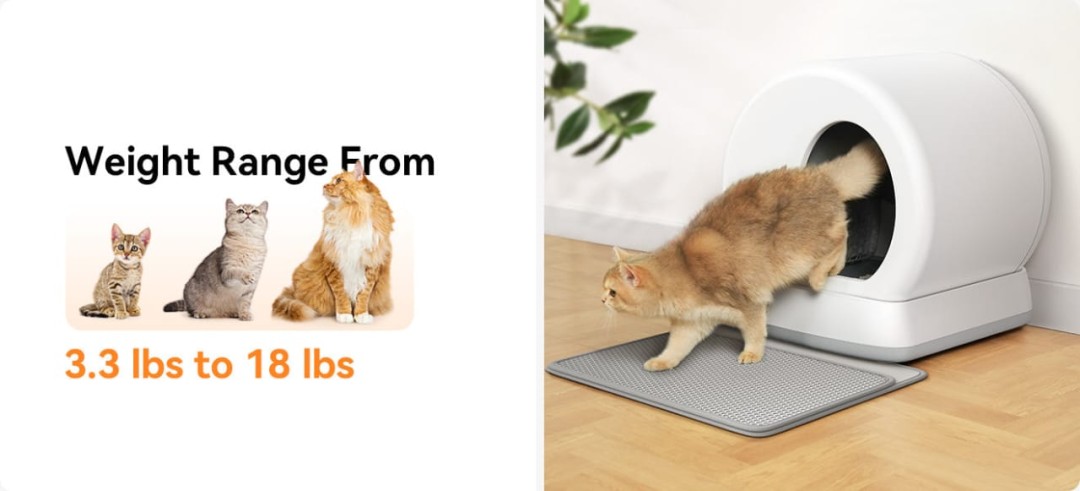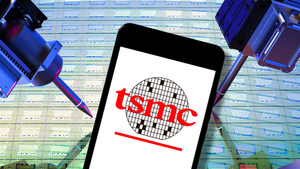Every cat owner knows the daily grind of scooping litter boxes - it's a necessary but tedious chore that can feel never-ending. Whether you're rushing to work in the morning or returning home exhausted, maintaining a clean litter box often falls to the bottom of our priority list, yet remains crucial for our feline friends' health and happiness.
Enter robot litter boxes - the innovative solution that's revolutionizing pet care. These smart devices handle the dirty work automatically, offering a hands-free approach to one of pet ownership's least pleasant tasks. For first-time cat owners especially, these automated systems can make the transition to pet parenthood significantly smoother, eliminating the uncertainty around litter box maintenance schedules and proper cleaning techniques.
This comprehensive guide will walk you through the essential features of robot litter boxes, helping you understand what matters most when choosing the right model for your home. From basic mechanics to advanced features, we'll explore everything you need to know to make an informed decision that benefits both you and your furry companion.
Understanding Robot Litter Box Mechanics
At their core, robot litter boxes utilize sophisticated sensor technology to maintain a clean environment for your cat. These smart devices employ weight and motion sensors to detect when your cat enters and exits the box, triggering cleaning cycles at appropriate intervals. The cleaning mechanism typically consists of an automated rake or sifting system that separates waste from clean litter, depositing it into a sealed waste compartment.

Advanced models, like those from Meowant, build upon this foundation with enhanced features like UV sterilization, precision weight tracking, and mobile app connectivity. While basic models focus on essential cleaning functions with preset timers, premium versions offer customizable cleaning schedules and detailed usage analytics. The key distinction lies in their ability to adapt to individual cat habits and provide detailed insights into your pet's bathroom patterns.
Modern robot litter boxes are designed to integrate seamlessly into home environments, with sleek profiles and enclosed designs that contain odors and prevent litter scatter. Many units feature entry points that help cats track less litter out of the box, while quiet motors ensure cleaning cycles don't disturb household peace. Their compact footprints and thoughtful aesthetics make them suitable for various room placements, from bathrooms to living spaces.
Essential Self-Cleaning Features ExplainedAutomation Cycles and Timing Options
Robot litter boxes offer customizable cleaning schedules that work around your cat's habits. Most models feature adjustable delay settings ranging from 5 to 30 minutes after your cat exits, ensuring the litter has time to clump properly before cleaning begins. Users can choose between scheduled daily cleanings or rely on motion-triggered automation, with the ability to override these settings through manual activation when needed.

Waste Management Systems
Modern units employ either mechanical compaction systems that compress solid waste or advanced liquid separation technology that filters and processes waste materials. The choice between bagless and bagged waste containers affects maintenance frequency - bagless systems require more frequent emptying but reduce ongoing costs, while bagged options offer more hygienic disposal. Integrated carbon filters and enzyme-based treatments actively combat odors, while sealed waste compartments prevent unwanted smells from escaping.
Maintenance Alerts and Diagnostics
Smart monitoring systems keep users informed through mobile notifications when waste containers near capacity or if mechanical issues arise. LED indicators provide at-a-glance status updates, while detailed error codes help troubleshoot common problems like rake obstructions or power interruptions. Advanced models track usage patterns and predict maintenance needs, ensuring the system operates at peak efficiency while minimizing potential disruptions to your cat's routine.
Critical Litter Box Size Considerations
When selecting a robot litter box, size considerations are paramount for your cat's comfort and proper usage. The entry point should be at least 1.5 times your cat's shoulder width, allowing easy access without forcing them to squeeze through. Most adult cats need an entry height of 5-6 inches, though senior cats may benefit from lower entry points around 3-4 inches to accommodate reduced mobility.
Interior space must accommodate your cat's natural turning radius, which typically requires a minimum length of 1.5 times your cat's length from nose to base of tail. The box should provide enough height for your cat to stand fully upright and enough width to allow comfortable digging and turning behaviors. For reference, most adult cats need a minimum interior space of 20 inches long by 15 inches wide.

Home placement factors significantly impact size selection. Corner units optimize space usage in smaller homes but may limit entry options. Freestanding models offer more placement flexibility but require additional clearance space. For multi-cat households, consider larger models with increased waste capacity or multiple units placed in different locations - experts recommend one box per cat plus an extra, even with self-cleaning systems.
Robot Litter Box Comparison GuideEntry-Level vs. Premium Models
Entry-level robot litter boxes typically offer basic automated cleaning with preset schedules and simple waste collection systems. While these models handle essential functions effectively, they often lack advanced features like mobile connectivity and detailed health tracking. Premium models justify their higher cost through enhanced capabilities such as multi-cat recognition, weight-tracking analytics, and customizable cleaning cycles that adapt to individual cat behaviors.
Noise Level Analysis
Operating noise levels vary significantly between models, with entry-level units typically producing 50-65 decibels during cleaning cycles - comparable to normal conversation. Premium models incorporate advanced motor designs and sound dampening technology, reducing operational noise to 35-45 decibels, similar to a quiet library. Many high-end units feature night mode settings that automatically adjust cleaning schedules and motor speeds during quiet hours.
Litter Type Compatibility
Most robot litter boxes work optimally with clumping clay litter, which allows efficient waste separation. Premium silica crystal litter offers superior odor control and tracking reduction but may require specific models designed for crystal compatibility. Plant-based litters present challenges for some automated systems due to their lighter weight and different clumping properties. Manufacturer-specific litter requirements can impact long-term costs, with some premium models requiring proprietary litter blends for warranty coverage and optimal performance.
Top Robot Cat Litter Box RecommendationsBest for Small Spaces
Compact robot litter boxes excel in maximizing functionality while minimizing footprint. These space-efficient models typically feature vertical waste storage systems and slim profiles that fit easily into bathroom corners or narrow spaces. Many incorporate innovative entry designs that allow cats to enter from multiple angles while maintaining a small overall footprint, perfect for apartment living or homes with limited floor space.
Premium Feature Leaders
High-end models differentiate themselves through advanced AI-powered monitoring systems that track multiple cats individually, providing detailed health insights through dedicated mobile apps. These premium units often include features like automatic litter level adjustment, humidity control, and self-sanitizing UV systems. Smart home integration enables voice control and automated maintenance scheduling, while sophisticated filtration systems virtually eliminate odors and dust.
Budget-Friendly Picks
Value-oriented robot litter boxes focus on reliable core functionality without expensive add-ons. These models typically offer basic motion sensing, standard cleaning cycles, and adequate waste storage capacity. While they may lack smartphone connectivity or detailed analytics, they reliably handle essential automated cleaning tasks. Many budget-friendly options include washable components and universal litter compatibility to reduce long-term ownership costs while maintaining effective waste management.
Making Your Final Selection
When selecting a robot litter box, carefully weigh the three key factors that will determine your satisfaction: appropriate size for your cat's comfort, essential features that match your lifestyle, and budget considerations for both initial purchase and ongoing maintenance. First-time cat owners will find that investing in the right automated solution pays dividends through reduced daily maintenance stress and improved hygiene standards.
Consider your specific circumstances - available space, number of cats, and daily schedule - to determine which features are truly necessary versus nice-to-have luxuries. Premium models offer impressive technological advances, but mid-range options often provide the best balance of functionality and value for most households.
Take time to measure your space and your cat's size before making a final decision. Remember that the best robot litter box is one that both you and your cat will use consistently. With the knowledge from this guide, you can confidently choose a model that will serve your household's needs while making cat care significantly more manageable.
Media Contact
Company Name: Meowant
Contact Person: Candy Puff
Email: Send Email
City: New York
Country: United States
Website: https://meowant.com






